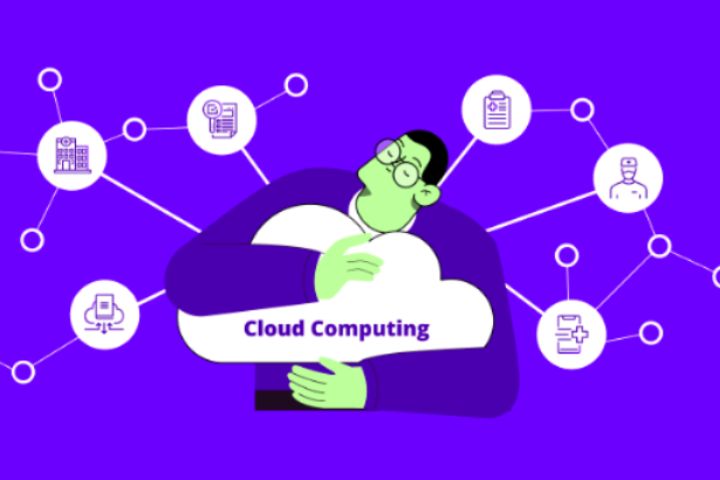Cloud Computing: A Marketing Model

Cloud Computing: It is undeniable that we are part of a consumer society, which has been presenting itself in a world that grows, develops and consumes in impressive ways.
Considering the central point of technological change for these lines, we can say that this model allows us to produce in many cases more than we demand and offer more than we need. Endless consumption and economic growth is the paradigm of these times, where increased consumption is a necessary way of life to maintain economic activity and employment. In this context, the consumption of goods and services, of course, is essential to satisfy various “needs”.
In this environment arises the need to implement new marketing models speaking in terms of information and communication technologies, Cloud Computing (cloud computing), is one of them, of course with different variants, always considering the consumption capacity elastic, self-service, and usage-based pricing.
Cloud Computing
Without a doubt, the beginning of the death throes of PCs as we know them and the emergence of more and more services within this “cloud” category suggests that it is here to stay and that many of us will be using it.
There are companies that are leaders in this marketing model, let us consider cloud computing as a paradigm that allows us to offer computing services through the Internet, allowing access to applications through a browser and considering the “cloud” as a metaphor for a service that is based on the Internet.
Users of this service have access for free or through a payment, everything depends on the service that needs to be used, it can also be private, public or shared. In addition to the level of accessibility, different cloud computing schemes are also presented, such as: SaaS (Software as a Service), IaaS (Infrastructure as a Service) and PaaS (Platform as a Service).
In relation to the advantages, it is said that possible technical problems are resolved quickly: as they are accessible via a web browser, any operating system with any machine and any browser is useful, so a breakdown should not prevent us from continuing with the work; it would simply be necessary to change the machine and continue working in the same way. The data will reside on the server, so in case of failure, carrying out a data transfer is not considered, which is always cumbersome, and also promises a reduction in costs.
Some examples of these integrated online services can be those of Google (without a doubt the king in this model), Amazon, Blue Cloud of IBM, Salesforce and Azure of Microsoft which have become a trend of the future shared data center, accessible, secure and scalable for organizations. In this sense, it is worth reflecting on the use of cloud computing and its application in libraries and information centers, as well as evaluating whether this model represents a real gain.
Some examples of this commercialization model are presenting themselves in comprehensive library management systems, to name just a few are WebiLis , JaniumNET AbsysNET SaaS, as well as an integration service called Ex Libris Alma .
Perhaps one of the problems with Cloud Computing right now is that everyone is tying hopes, dreams and solutions to the idea that this technology is going to solve all their frustrations by presenting it as a pancea. A Gartner Group study recently said that cloud computing would move into the “valley of disillusionment” as many try to grapple with what these technologies actually offer and what they can do for us.
Also read : Amazing Tricks For Your Android






